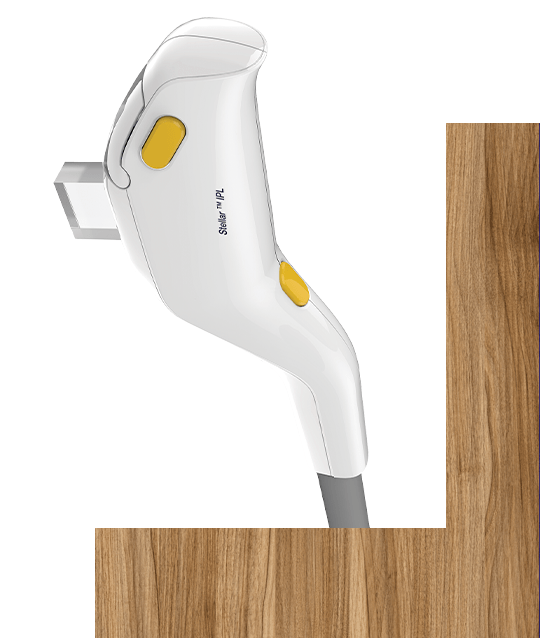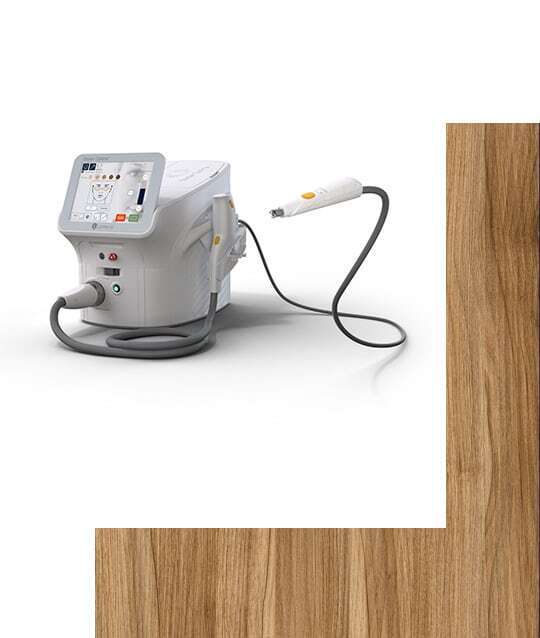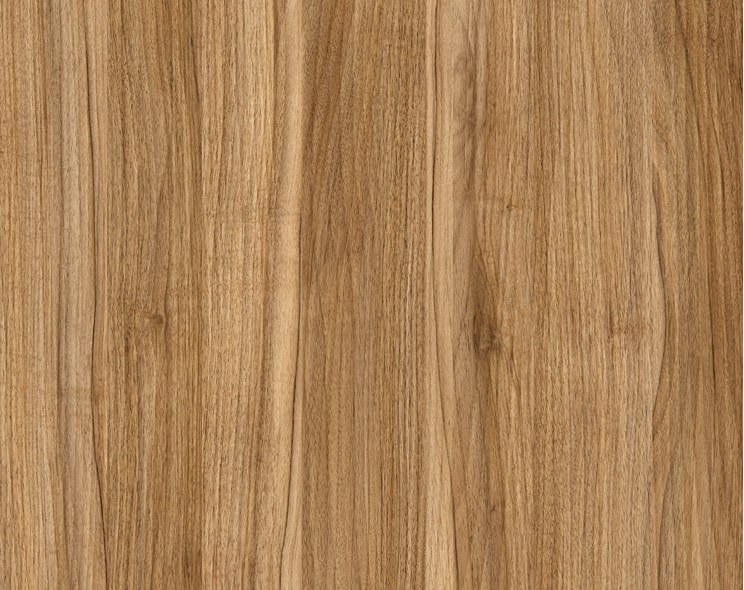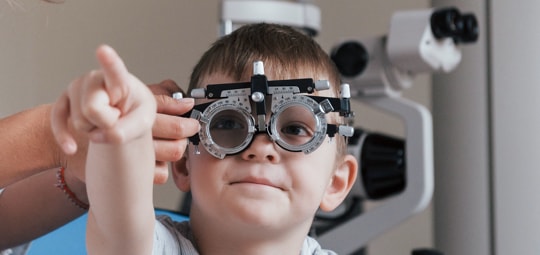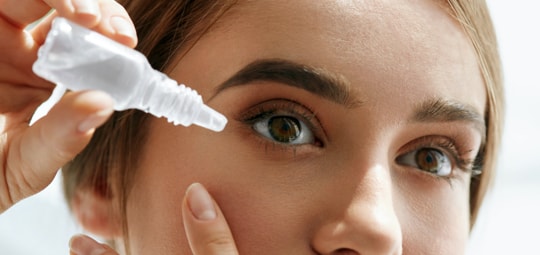What Is Dry Eye Disease?
Dry eye disease is an eye condition that occurs when your eyes don’t get adequate lubrication from your tears to keep them moist and comfortable. This is often a result of your eyes not producing enough tears or producing tears that are low quality.
Your tears are made up of 3 distinct layers, all of which work together to keep your eyes healthy and lubricated:
- The oily layer prevents your tears from evaporating too quickly
- The watery layer delivers nutrients to your eyes
- The mucus layer keeps your tear film stuck to the surface of your eyes
If there’s an issue with any one of these layers, it can lead to dry eye disease.
The Role of the Meibomian Glands
One of the leading causes of dry eye disease is meibomian gland dysfunction.
Meibomian gland dysfunction occurs when blockages form in your meibomian glands, which are located around the edges of your eyelid. These blockages prevent your tear film from getting the oils it needs, which can cause your tears to evaporate too quickly, leading to dry eye symptoms.


